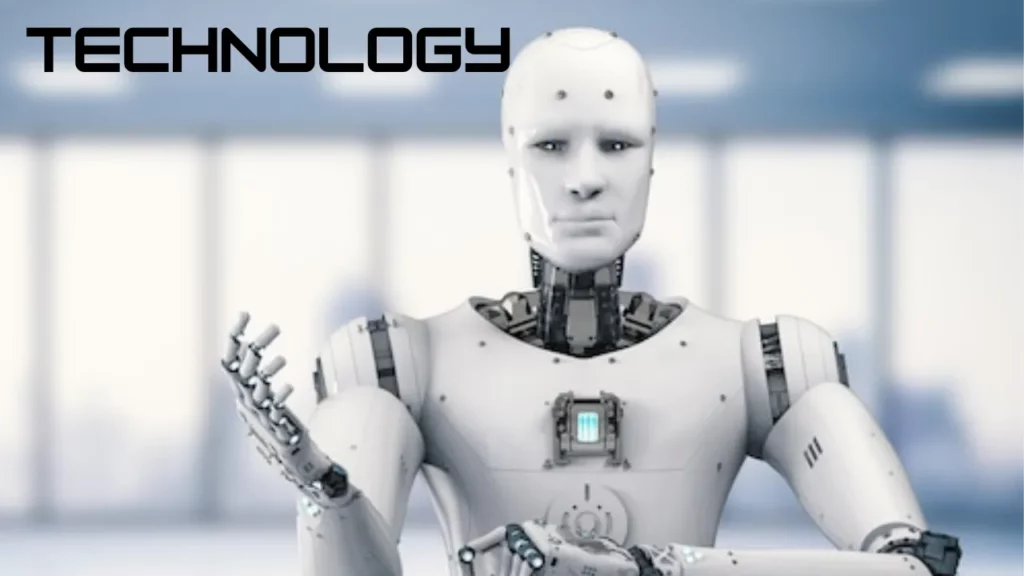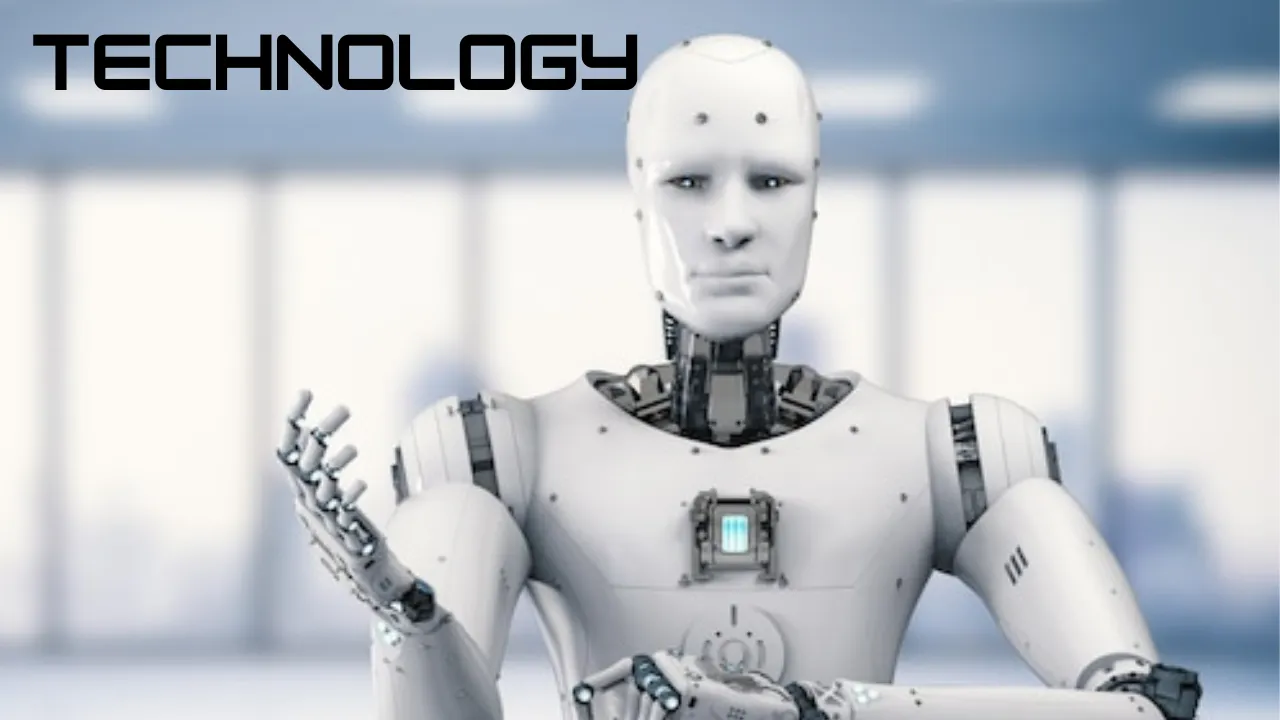The greatest inventions that changed man’s relationship with the world

Robotics threatens to leave almost 50% of society unemployed in three decades. Photo by Nelson Rivera (ALN). Tim Harford, the author of ‘Fifty Innovations that Have Changed the World,’ is not only interested in inventions of a material nature, such as the plow but also others, such as robotics, which have modified our connection with the world. Economist Tim Harford reminds us that the plow was the ignition point of what we know as modern economics. Although its adoption was not simultaneous in all regions of the planet, its appearance changed the human.
condition forever.
12,000 years ago, our relatives traveled through the territories, hunting and collecting fruits. When a piece of wood was embedded in the ground and then yoked to mules or oxen, farmers could produce up to 10 times more food than the best gatherers. Then, “the agricultural revolution” occurred, which Yuval Noah Harari talks about in Sapiens, from animals to gods. That agricultural boom – I return to Harford – had the most diverse effects: it regularized food, settled human groups near cultivated land, and stimulated the formation of units similar to the family. The change generated forms of property and power. “The abundance of agriculture creates rulers and ruled, masters and servants: an inequality in wealth unknown to hunter-gatherer societies.”
ADVERTISEMENT
After the development of the plow, the first settlements appeared, and the land became an asset. Men were forced to observe the cycles of time. Still, it was also an incentive “for the appearance of misogyny and tyranny.” And not only that, compared to the collectors, the farmers lost almost 15 centimeters in size. Diseases typical of excessive consumption of a few plant species appeared. By increasing the amount of food available, the plow raised a new question: how to get it from one place to another? Although the invention of the wheel would take between five and seven millennia to occur, its first use was precisely to transport food.
Tangible and intangible

Tim Harford, the author of Fifty Innovations that Have Changed the World (translated by Alfonso Barguno Viana, Penguin Random House Editorial, Spain, 2023), is not only interested in inventions of material nature – barbed wire, air conditioning, clock, or the light bulb – but also those that involve processes – market research, department stores, the cold chain, or the figure of the compiler – or those that have modified our link with the world – the passport, the limited company, the tax havens, or the property registry. He dedicates between four and six pages to each of the innovations, in which he condenses historical information, the state of things before the creation, and the positive and negative impacts it generated. Many of these innovations are at the root of significant processes that have changed human life. The freight container, the cold chain, and the barcode were added to other factors at the core of globalization.
YouTube promises to “revolutionize” its platform with the help of Artificial Intelligence.
For example, it happened to the American Harry Gordon Selfridge (1848-1947) that during a visit to London in 1888, he felt attracted and visited a department store. When they asked him what he wanted, and he replied that he just wanted to look, they invited him to leave the place. Two decades later, Selfridge created a large store on a huge lot, dominated by large windows, wide corridors to walk through, and where visitors were invited to look without obligation to buy. Selfridge never imagined that the visual department store would lead to malls designed to promote consumerism.
Nor could Leo Baekeland
(1863-1944), who had already invented a paper for printing photographs that made him rich, foresaw that the invention he produced in his laboratory in New York in July 1907, the plastic known as bakelite, would be a component of hundreds of thousands of products, but also one of the most significant polluting factors on the planet. Another extraordinary invention of Alexander Cummings (1733-1814), a famous mathematician, jurist, mechanic, and watchmaker, but, above all, inventor of the S-shaped siphon, the bent tube that prevents foul odors from sewage, ascending into our homes or predominating in the cities’ atmosphere, would end the business of mechanical perfumers for offices and homes that were used then. When Alessandro Volta invented the battery in 1800, he did not imagine that, under those same principles, but this time used to accumulate solar energy, civilization, two centuries later, could be heading towards the solution to atmospheric pollution. Nor did Marco Polo foresee that the information contained in the paper money, which carried signatures and a seal with vermilion ink, would be something adopted in Europe and would become banknotes that are still fundamental in the world’s economic exchanges.
Substantive changes

Cummings’ S-shaped siphon was a decisive step in reducing the foul odor that predominated in London in the mid-19th century. These innovations, such as the plow, formula milk, the diesel engine, the refrigerated truck, and the elevator, respond to the category of inventions that appeared to solve problems that existed in societies. When we think about concrete – whose history takes us back to Antiquity – we approach the power that innovations can achieve: they can change the destiny of civilizations to the extent represented by the Burj Khalifa in Dubai, a building 828 meters high, in whose construction more than 4,000 million dollars were invested. The case of robotics is more complex: its strength is so great that, in addition to facilitating a new life for human beings, it threatens to leave almost 50% of society unemployed in three decades. Some innovations changed our way of living: cuneiform writing, the passport, the contraceptive pill, the barcode, the bank, and insurance established new ways of relating to people and institutions.
In the author’s opinion,
Others, such as consulting or intellectual property, are “ideas about ideas.” The invention of mobile money has allowed poor countries with a very small commercial network, few banking institutions, and very precarious communication routes, such as Kenya, to resolve the limitations to making payments and transactions. The case of robotics is more complex: its strength is so great that, in addition to facilitating a new life for human beings, it threatens to leave almost 50% of society unemployed in three decades. Basic research must be supported; an understanding of the high potential of innovation must be spread, and, strikingly, intelligent people must be allowed to be carried away by their curiosity, even if they do not have a clear idea of where they are going.

